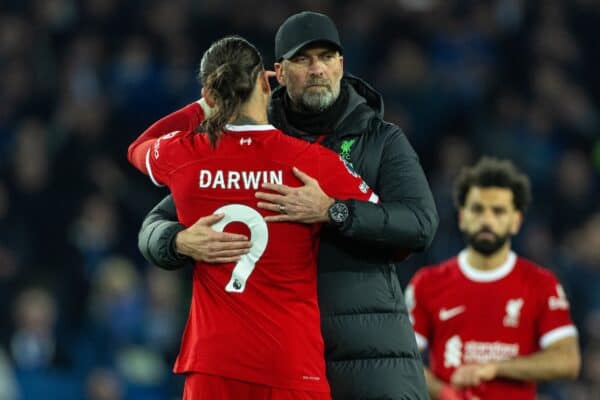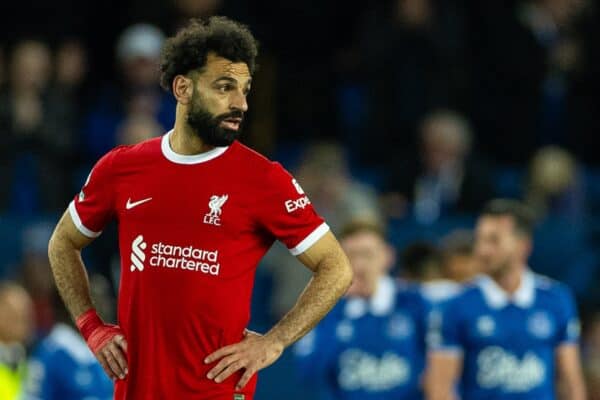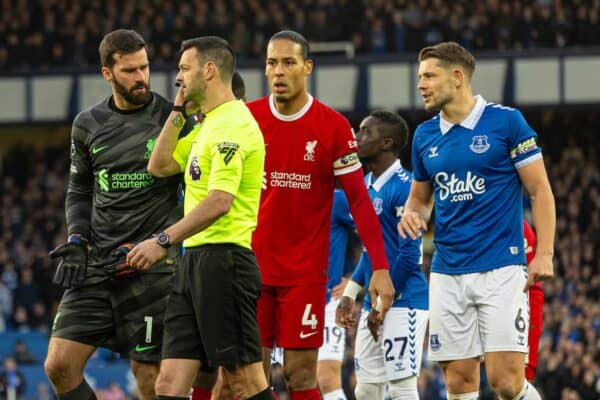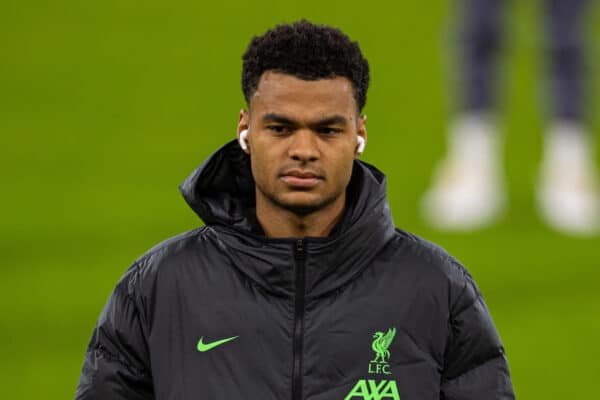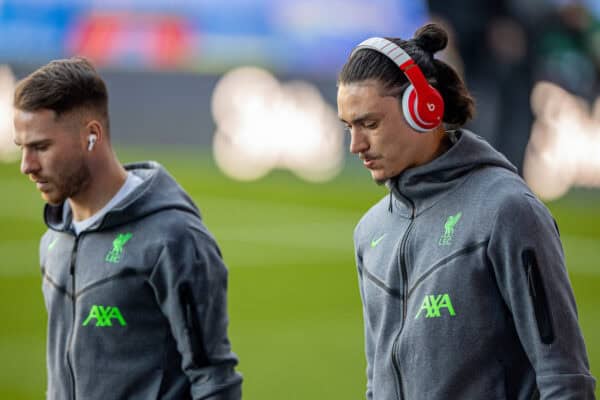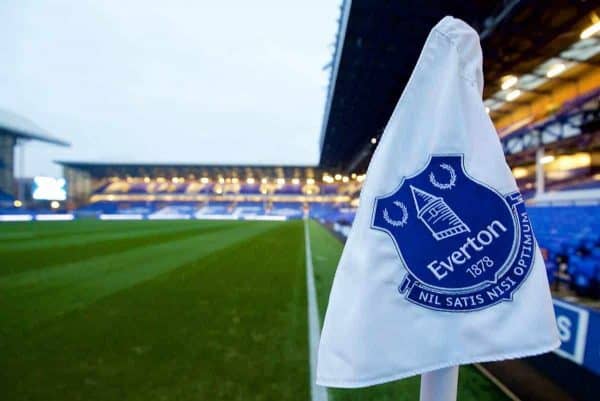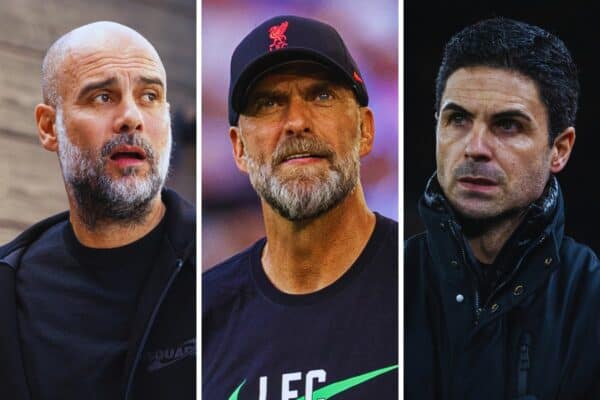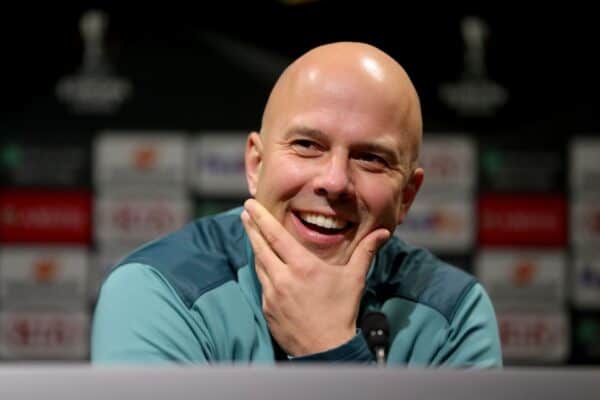Keith Perkins continues his Forgotten Heroes series with an in-depth look at the career of left-half, Willie Stevenson.
When Bill Shankly began building Liverpool up from a mediocre side stuck in the Second Division, he made no secret of the fact that he wanted players in his squad that had talent, determination, and a desire to help Liverpool become the best club in the country.
His first moves in the transfer market took him home to Scotland, where he succeeded in signing Ian St. John from Motherwell, and Ron Yeats from Dundee United.
One more of his countrymen was to come a few years later, but taking a vastly different route.
Willie Stevenson was born October 26th, 1939, in Leith, Scotland. He began his playing career with Edina Hearts, and moved on to Dalkeith before being signed by Glasgow Rangers in the summer of 1959.
His Ibrox days were going well, with Rangers winning both the League and Cup, and allowing Willie to collect a few medals. Rangers were also competing in Europe at the time, and it looked like a great future was in store.
But then in 1960, Rangers brought in the gifted Scottish International Jim Baxter for a Scottish record fee of £17,500. The ages of the two players differed by only a month, and so it was clear that the twenty one year old Baxter had been purchased with an eye to Rangers’ future as well as for the present.
Willie was left to consider his future with Rangers as a reserve squad player, and after deciding that it was not what he wanted, he made the decision to try his luck in Australia where regular first team football would be easier to come by.
Rangers agreed to allow him to go away on loan, and Willie was even considering a permanent move Down Under until both Preston North End and Liverpool made bids for the skilful midfielder.
Liverpool had made significant progress since the arrival of Bill Shankly, culminating in being crowned Second Division Champions in 1962.
Promotion to the First Division was going to be a tough test for the still developing side, and looked like it could all end in disappointment after the first few months.
By the end of October of 1962, Liverpool had won only four out of their first fourteen matches, drawn three, and lost seven.
Bill Shankly decided that the solution would be to bring in some more class and creativity in the squad, and accordingly outbid Preston to bring Willie Stevenson to Anfield for a fee of £20,000.
Tommy Leishman had been a consistent player for Liverpool since just before Shankly’s arrival, missing only a few games in his first two and a half seasons.
But, it appeared that the level of play in the First Division may be above that of Tommy, and so it was that Willie Stevenson was expected to come in to strengthen the left-half position.
That wasn’t quite how it worked out however, with Willie taking some time to adjust to the pace of the game at the top flight, and for a while it looked as though Tommy Leishman would have to be brought back in to the squad, pushing Willie aside into the reserves.
If that had been the outcome then Willie may have asked for his release to return Down Under, but Shankly persevered and kept faith in Willie’s abilities. That decision was to prove to be absolutely the correct one over the next few years.
Willie Stevenson made his Liverpool debut at Anfield on November 3rd, 1962, in a 2-1 loss to Burnley. His next two appearances were against Manchester United (3-3 at Old Trafford) and at home to Arsenal (2-1).
The next match was at home to Leyton Orient, and Willie made a name for himself as he scored his first Liverpool goal at 35 minutes, after Roger Hunt had already put the Reds 2-0 up.
Two more goals came in the second half (Hunt and St. John) to finish the game 5-0. Liverpool then went on to win their next seven League games, as well as progressing in the FA Cup.
Once he settled down and had adjusted to the level of play in the English league, he proved to be a class above any other player at left half. He had a talent for a well timed defensive tackle that took the ball from opposing players (and let them know about it!) and then changing to attack with a well placed through-ball forward, or across to the opposite wing with equal precision.
His style was well suited to Shankly’s philosophy of slow build-up play. By the end of his first season at Anfield, Willie Stevenson had played in all twenty eight League games since his arrival, and six FA Cup games.
With Willie’s help, Liverpool finished their first season back in Division One in a very respectable eighth place, (but well behind Champions Everton) and had narrowly lost 1-0 to Leicester City in the FA Cup semi-final at Hillsborough.
It looked as though the future was brighter than it had been for years for both Willie Stevenson and for Liverpool.
The 1963-64 season began with a home defeat to Blackpool, and only a single victory in their first four games. That was a disappointing start, but then came a run of results for the remainder of the season, including that famous late season 5-0 victory over Arsenal, that saw Liverpool crowned as League Champions for the first time since 1947.
A new player had been brought in for this season ‘“ Peter Thompson ‘“ and the new left winger developed an understanding with Willie on the left side, as Thompson made the angled runs for Stevenson’s precise passing.
It made for some exciting football, and the crowds loved it. Willie Stevenson played in thirty eight matches in the League that season, missing only four, as well as five in the FA Cup (losing to Swansea in the quarter-final).
The following season would be a test of Liverpool’s abilities not only in the League as defending champions, but also with the brand new experience of playing in Europe.
Glasgow Rangers had considerable experience in European competition in the late 1950’s and early 1960’s, in both the European Cup and the Cup Winners Cup. Willie Stevenson’s experience with that level of competition was to prove highly valuable as Liverpool began their adventures outside of England for the first time.
The campaign was off to a memorable start with a trip to Iceland with a 5-0 win over Reykjavik. Liverpool went on to win the return leg 6-1, and then continued with victories over Anderlecht, and the famous win with a coin toss over Cologne. That set up a semi-final against Italian giants (and defending European Champions) Inter Milan that would be the first of many memorable European nights at Anfield.
Meanwhile, as the League season stuttered along with some inconsistent results, Liverpool began their assault on the FA Cup. This was a trophy that the club had never won in their seventy two year history, and it was one that they wanted now.
West Brom, Stockport, and Bolton were all victims before Liverpool had their revenge for two years earlier over Leicester City in the quarter-final.
One more victory over Chelsea in the semi-final and Liverpool would be on their way to Wembley to make only their third ever appearance in the final, and their first since 1950.
The semi-final at Villa Park saw Thompson score with a fierce shot, and the game was then put to rest with a decisive penalty from Willie Stevenson.
That 1965 FA Cup final is remembered for many reasons, but what is often missed in all the excitement was the display of skill from Willie Stevenson.
His partnership on the left with Peter Thompson caused many problems for the Leeds defenders. The smooth wide surface of the Wembley pitch was ideal for Willie’s style, and he used it to great effect.
The ninety minutes finished scoreless, and so the teams began playing extra time. It was Willie’s vision and tactical know-how that provided the opportunity to break the deadlock just minutes after the first extra period began.
Willie made a fantastic run down the middle, zig-zagging past a couple of Leeds defenders. Gerry Byrne had made an overlapping run into space down the left wing, where he collected a perfectly weighted pass from Stevenson as he ran towards the left side of the Leeds penalty area. Byrne then crossed the ball from the goal line for Roger Hunt to head Liverpool into the lead.
Leeds equalised, but Liverpool won with a goal from St. John, and Liverpool were awarded the FA Cup for the first time in the club’s history. For most observers, Willie Stevenson was clearly the Man of the Match.
The excitement of that first ever FA Cup victory continued the following day as the heroes were welcomed home by crowds in the hundreds of thousands, and was to continue three days later as Liverpool faced Inter Milan at Anfield.
Injured players Gordon Milne and Gerry Byrne came out and paraded the cup around Anfield as the players were on the pitch warming up.
The roar from the crowd was such that the Inter Milan players were visibly shaken, and Liverpool used that to their advantage to defeat the European Champions 3-1.
The second leg was a whole different story, with a controversial 3-0 win for Internazionale, and Liverpool’s first ever European Cup run came to an end; while
Inter went on to retain the trophy. With all of the League, FA Cup, and European Cup competitions that season, the ever dependable Willie Stevenson played in a total of fifty seven games, and scored five goals.
As the 1965-66 season began, Liverpool made another serious assault on the League Championship, as well as competing in Europe once more, this time in the Cup Winners Cup.
The FA Cup was a disappointment for the holders as Liverpool were knocked out by Chelsea in the third round. The Cup Winners Cup was more productive, with wins over Juventus, Standard Liege, Honved, and Celtic, on their way to the final against Borussia Dortmund.
The season finished with another League Championship, as well as being runners-up in the Cup Winners Cup. This was another full season, with Willie Stevenson playing in fifty two matches, and scoring six goals.
League Champions Liverpool faced FA Cup winners Everton in the Charity Shield to begin the 1966-67 season. This provided yet another medal for Willie as Liverpool won the trophy outright by beating their neighbours 1-0.
It was a season of ups and downs for the Reds, as they were soundly defeated by Ajax in the European Cup, lost a close one to Everton in the FA Cup fifth round, and could only manage a disappointing fifth place in the League.
Willie Stevenson was to play in all fifty one of those matches, missing only one League match, and scored three goals. Unfortunately, being dependable and reliable was never going to be enough for a Liverpool player, and when Bill Shankly brought Emlyn Hughes to Anfield in February of 1967, it was the beginning of the end for Willie Stevenson’s Liverpool career.
Willie held out for the remainder of that season, and stayed for the beginning of the 1967-68 season, but as his place was now normally being taken by the newly arrived Emlyn Hughes, and after only making a mere four appearances, it was time to move on or settle for reserve team football.
Stoke City made an offer for the experienced and solid 28 year old, and Willie was on his way out in December of 1967. His last match for Liverpool was against Wolves in November 1967, where he went out on a high note after scoring the decisive goal with a penalty kick late in the game.
Willie Stevenson’s transfer out of Anfield was a very unpopular move at the time, as many fans disagreed with selling a player who was seen as still having a lot to contribute to the club.
His loyalty to the club was never in doubt, and he was well respected by the vast majority of Liverpool fans. He was also a joker around the dressing room, which made him popular with the players, and helped to boost morale as well as settle nerves before the big games. One criticism that came up about Willie was that he didn’t score enough goals.
The statistics may appear to indicate this, but in fact he preferred to unselfishly provide chances for others rather than take them himself. He was a fierce competitor who hated to lose, especially in a final.
When Liverpool lost to Dortmund in the Cup Winners Cup final in 1966, Willie looked at his runners-up medal with some disgust and later threw it out of the hotel window (and it has supposedly never been found).
He managed to collect many medals in his career, first with Rangers, and then with Liverpool ‘“ two as League Champions, one as FA Cup winners, and several for Charity Shields.
Willie stayed with Stoke City for five seasons, and then returned to Merseyside with Tranmere Rovers to play one more season.
That should have been the time to think about retirement, but the travelling bug had not left his system since his journey Down Under.
This time, he crossed the Atlantic and the North American continent to join Vancouver Whitecaps. Willie’s years of experience proved invaluable as Vancouver played their inaugural season in the newly formed North American Soccer League in 1974.
After that summer sojourn, he returned to England to play for amateur club Macclesfield, and also spent a short time in South Africa playing for Hellenic.
He finally retired from football and became a publican, and then ran a contract cleaning company in Macclesfield.
It’s over forty years since that first League Championship under Bill Shankly, as Liverpool began a period of success that laid the foundations for Liverpool sides of later years to follow.
Willie Stevenson was at the heart of that early side, and after 241 appearances over five seasons, where he missed a mere nine league games, he collected an enviable array of honours and achievements.
He may not have been among the more famous players of his era, but he should be remembered as a solid and dependable player who Liverpool would have been considerably less successful without.




